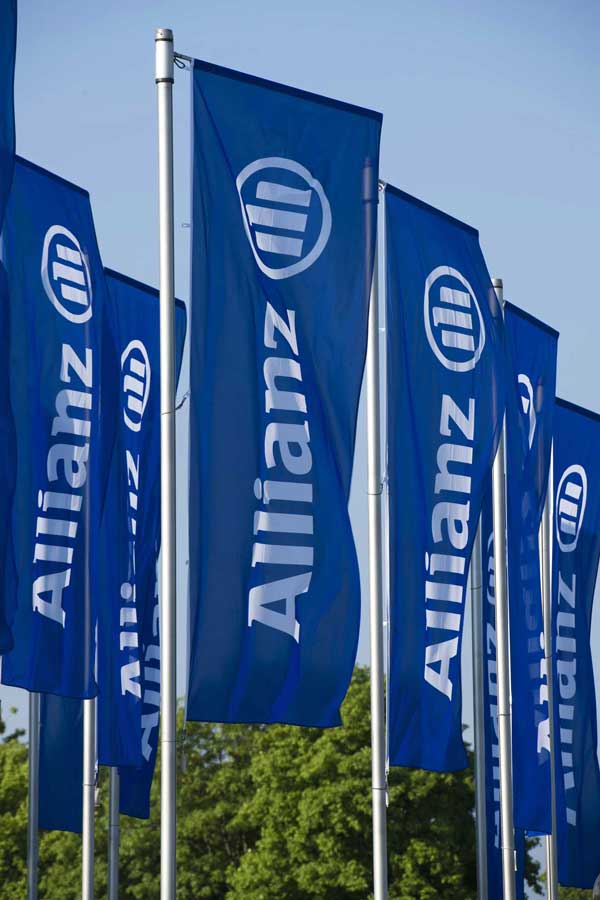Top Water-Saving Technologies for Small Businesses
Table of Contents

Why SMEs Should Invest in Water-Saving Technologies
Water-saving technologies offer dual benefits: they help businesses cut costs while supporting global efforts to conserve resources. Rising water bills, potential water scarcity, and increasing environmental regulations make adopting these technologies a practical choice.
Investments in water-efficient tools often pay for themselves through long-term savings and improved operational efficiency, making them an excellent return on investment (ROI).
Top Water-Saving Technologies to Consider
1. Smart Water Meters and Monitoring Tools
Smart water meters provide real-time data on water usage, helping businesses identify inefficiencies and areas for improvement.
How They Work:
These devices track water consumption at different times and locations within a facility.
Benefits:
- Immediate alerts for leaks or unusual water usage.
- Precise tracking helps in setting reduction targets.
- Applications: Restaurants, offices, and manufacturing facilities can benefit from better control over water use.
Cost:
Prices range from $300 to $3,000, depending on the size and complexity of the system.
2. Low-Flow Fixtures for Businesses
Installing low-flow faucets, showerheads, and toilets is one of the easiest ways to reduce water consumption without sacrificing functionality.
Key Features:
These fixtures use aerators or pressure control to minimize water flow.
Benefits:
- Reduce water usage by up to 50%.
- Easy to install and maintain.
Applications:
Ideal for retail spaces, hotels, and office buildings with frequent water usage.
Cost:
Around $50–$300 per fixture, with quick payback through reduced water bills.
3. Rainwater Harvesting Systems
Rainwater harvesting captures and stores rainwater for non-potable uses such as landscaping, cooling systems, and cleaning.
How They Work:
These systems use gutters, tanks, and filtration units to collect and reuse rainwater.
Benefits:
- Lower reliance on municipal water supplies.
- Reduced stormwater runoff, which minimizes local flooding.
Applications:
Warehouses, agricultural businesses, and any facility with outdoor space.
Cost:
Basic systems start at $1,000; advanced setups can exceed $10,000.
4. Greywater Recycling Technologies
Greywater systems reuse water from sinks, showers, and washing machines for irrigation or industrial processes.
How They Work:
These systems filter and sanitize greywater to make it suitable for non-drinking purposes.
Benefits:
- Reduces water demand by recycling used water.
- Helps businesses comply with water usage regulations in drought-prone areas.
Applications:
Perfect for gyms, hotels, and industrial facilities with high water consumption.
Cost:
Systems range from $5,000 to $15,000 depending on capacity.
5. Leak Detection Systems
Unnoticed leaks can result in significant water waste and high bills. Leak detection systems use sensors and AI to monitor and alert businesses about leaks.
How They Work:
These tools detect anomalies in water pressure and flow that indicate leaks.
Benefits:
- Prevent water loss and structural damage.
- Reduce maintenance costs and downtime.
Applications:
Suitable for any business, particularly those with aging infrastructure.
Cost:
$500–$5,000, depending on the system’s complexity and scope.
Choosing the Right Technologies for Your Business
1. Conduct a Comprehensive Water Audit
Before investing in technology, understand your current water usage patterns. A water audit helps identify where water is being wasted and highlights the most cost-effective areas for intervention.
What to Include:
- Analyse monthly water bills to track usage trends.
- Inspect fixtures, pipes, and appliances for inefficiencies.
- Evaluate processes that rely heavily on water, such as cooling or cleaning.
2. Prioritise Based on Impact and ROI
Not all water-saving technologies are equally impactful for every business. Focus on solutions that offer the best balance between cost and efficiency for your business’ needs. For example:
- Businesses with landscaping needs might benefit most from rainwater harvesting systems.
- Industrial facilities could prioritize greywater recycling technologies to reduce water demand.
- Offices and retail spaces may find quick wins with low-flow fixtures.
ROI Consideration:
Calculate potential savings in water bills versus upfront costs to determine the payback period.
3. Align Technologies with Industry Needs
Different industries have unique water usage requirements. Choose solutions that cater to your business's specific needs:
- Retail and Hospitality: Install low-flow faucets and toilets to manage high foot traffic while conserving water.
- Agriculture and Landscaping: Invest in irrigation technologies like drip systems and rain sensors.
- Manufacturing and Industrial: Focus on water recycling and process optimisation tools to reduce waste.
Case Study Inspiration:
The Premier Inn Hotel in drought-prone Abu Dhabi saved 24% on water bills by combining low-flow fixtures and greywater recycling for landscape irrigation. See more case studies for successful water management here.
4. Invest in Scalable and Future-Proof Solutions
As your business grows, water demands may change. Opt for technologies that can scale with your needs or integrate with future innovations. For example:
- Smart meters with modular add-ons to track expanded operations.
- Scalable greywater systems for facilities expecting increased foot traffic.
- Leak detection systems with AI updates to adapt to new infrastructure.
Future-Proofing Tip: Ensure compliance with emerging water regulations and adopt systems that meet evolving standards.
5. Incorporate Employee Training and Engagement
Technology alone isn’t enough. Your employees play a vital role in achieving water-saving goals. Informed and motivated staff are more likely to report leaks, adopt efficient practices, and use water-saving tools correctly.
Implementation Ideas:
- Conduct workshops and employee training to explain new technologies.
- Create incentives for teams to propose and implement water-saving ideas.
6. Seek Expert Guidance and Financial Support
Navigating the wide range of water-saving technologies can be overwhelming. Leverage the expertise of sustainability advisors, technology providers, and government programs.
Support Options:
- Many regions offergrants or tax credits for businesses adopting sustainable practices.
- Consultants can help match your business needs with the most effective technologies.
Selecting water-saving technologies for your SME isn’t a one-size-fits-all approach. By assessing your water usage, setting priorities, and involving your team, you can create a tailored strategy that optimises efficiency, saves costs, and supports sustainability goals.
Head over to our Water Hub for more information on how water scarcity, conservation, and pollution directly impact businesses. Take the next step by using our SME Water Checklist to improve your sustainability efforts.
SME checklists:
Water Hub













